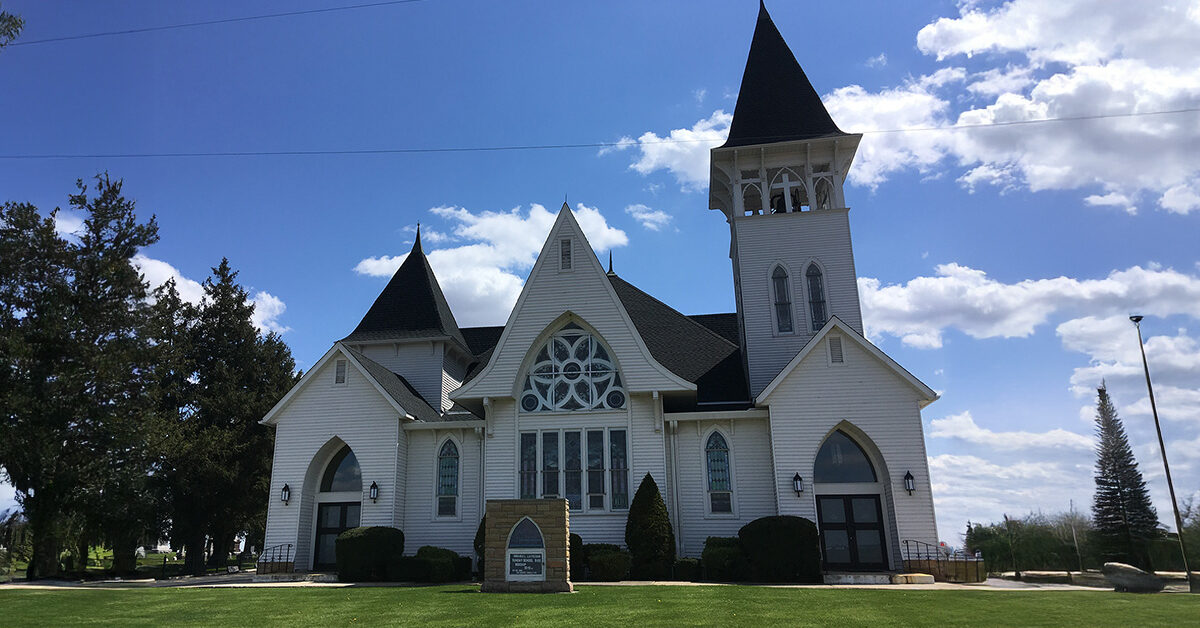Compact Congregations: Challenges (Part 2)
Last week Kent outlined some of the challenges that face “compact” (aka, small) congregations: lethargy that impedes change; the small number of adult catechumens; congregational isolation and American individualism; and conflict within a congregation.
Today’s post considers a compact congregation’s challenges with regard to the staffing, time, and energy required to introduce a robust catechumenal process in a congregation. Kent’s reminder to “begin with prayer” holds true for addressing the barriers within the congregation as well as the challenges of staffing and time for a small congregation. We encourage pastors to begin with their own daily prayer—that God would guide both pastors and congregations to new ways of thinking and open the hearts of members to respond to God’s call to spread the Good News in a hurting world. Consider also including such specific prayers for a missional habitus in the congregation whenever the church council and board meet; and finally, find ways to include Christ’s call in the Great Commission within the Sunday intercessions. It’s important that such prayers invite and encourage (rather than demand or shame) church members to be witnesses to Jesus in daily life.
Most small congregations have one full-time staff person (the pastor) and one or more part-time employees (secretary, custodian, church musician). I offer here one model for this common situation, based the case study of a smaller congregation in our book, Journey to Jesus (chapter 4, St. Mary’s), at which the pastor partnered with a volunteer lay person to initiate an adult catechumenate process. Begin by looking for a trusted key member (or couple) in your congregation with these skills and gifts:
- Spiritual maturity (consider those who are regularly in church; who have an active prayer life; who live in service to others as a response to what Christ has done for them)
- Good listening skills, both with an individual and in a group setting
- A good facilitator in a small group setting—one who does not need to be the center of attention and who can gently draw the quieter group members into a discussion.
- A person or couple well respected in the congregation
Provide training for this person or couple to serve as catechist(s) along side of you, the pastor, with you as the primary teacher of the content of the faith and the catechist as the primary mentor for participants to explore and deepen their personal faith lives in a group setting.
I recommend testing this model within your congregation; this “pilot project” has a dual role: to create “buy in” with the core membership of the congregation and to deepen the faith of participants. Start with an existing small group in the congregation or as a new approach to midweek Advent and Lenten gatherings. In the latter case, the evening could be structured in this manner:
- Gathering for a light supper
- Brief (10 to 15 minutes) teaching/preaching on a Gospel text by the pastor
- Small group discussion on the text, led by lay catechist
- Closing with Compline or one of the forms of Response Prayer in Lutheran Service Book
There are various options for small group Scripture study widely used in adult catechumenal faith formation, which we’ve discussed in earlier blog posts:
For the African method, click here and here.
For Luther’s four-strand garland method, click here and here.
